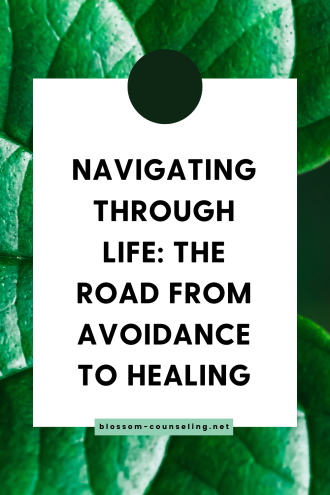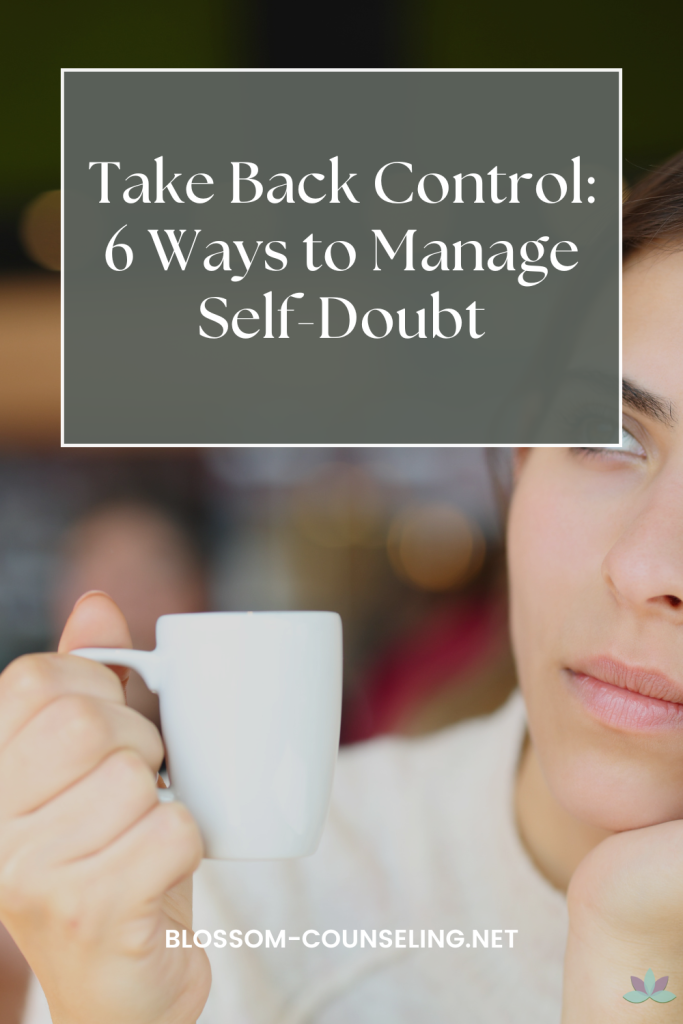
In the grand tapestry of human experiences, two threads consistently weave through our stories: avoidance and healing. Both are universal responses to pain, stress, and trauma, yet they lead us down vastly different paths. Understanding these responses not only sheds light on our behaviors but also guides us toward a more fulfilling, healthier existence.
Avoidance, in its essence, is a survival tactic. It’s the psychological equivalent of putting your hands over your eyes in a horror movie. You can’t see the monster, so, for a moment, it feels like the monster can’t see you. Whether it’s procrastinating on tasks, ghosting social events, or ignoring a nagging health issue, avoidance is a way to dodge discomfort in the short term. But here’s the catch: avoidance is like a Band-Aid on a leaky roof. It might hold off the inevitable for a bit, but eventually, the problem not only persists but grows.
Then there’s healing. Unlike avoidance, healing requires confrontation. It’s about facing the monster, acknowledging its presence, and understanding its origins. Healing is a journey—a sometimes painstaking process of self-discovery, acceptance, and transformation. It’s about digging deep into the why behind our feelings and behaviors, which, though daunting, is the only path that leads to genuine growth and emotional freedom.
One might wonder, why choose the challenging road of healing over the seemingly smoother path of avoidance? The answer lies in the outcomes. Avoidance might grant us temporary peace, but it’s a peace built on unstable foundations, likely to crumble under the slightest pressure. Healing, on the other hand, fortifies our foundations with understanding, resilience, and genuine joy.
The transition from avoidance to healing is not a leap but a series of steps, each one taken with intention and courage. It begins with awareness—recognizing our avoidance patterns and understanding their impact on our lives. This awareness is then followed by acceptance, a critical yet challenging step where we acknowledge our vulnerabilities without judgment.
From acceptance, we move to action. This is where the real work begins, involving strategies to confront and dismantle our avoidance behaviors. It might mean setting small, manageable goals, seeking support from loved ones, or reaching out to a mental health professional. Each action, no matter how small, is a victory on the path to healing.
The road from avoidance to healing is undoubtedly challenging. It’s filled with bumps, twists, and turns. Yet, it’s also a journey marked by growth, discovery, and profound fulfillment. As we travel this road, we not only become better equipped to face life’s challenges but also more connected to our authentic selves and the world around us.
In essence, while avoidance is a detour that delays our confrontations with discomfort, healing is the path that leads us through it, offering lasting peace and resilience. Choosing healing over avoidance doesn’t mean we won’t face difficulties, but it ensures that when we do, we’ll meet them with strength, understanding, and grace.




